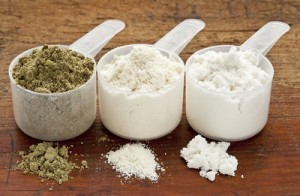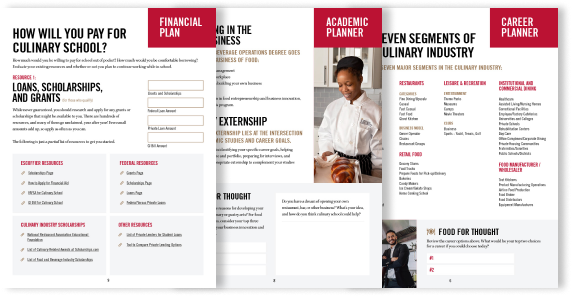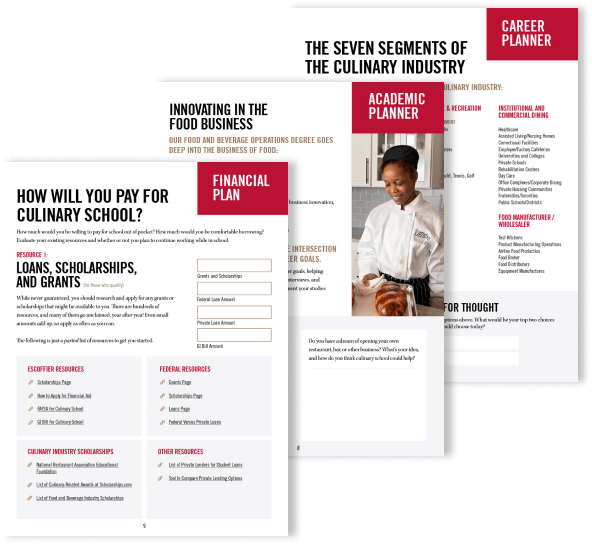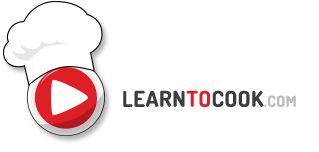Accurately Measuring Your Ingredients

A pinch of this, a dash of that – many cooks prefer eyeballing the quantities of ingredients and making adjustments to taste as they go. However, sometimes getting your proportions just right can make all the difference, especially in baking. Here are some tips for more accurately measuring what goes into your next dish.
1. The right tools for accuracy
First of all, you need a set of real, accurate measuring cups, not your favorite coffee mug and a rough idea of its volume. You will need measuring cups for both dry and liquid ingredients, along with a set of measuring spoons. For best results, you’ll also want a quality scale for measuring by weight.
2. Spooning in dry ingredients
When measuring out dry ingredients like flour or sugar, begin by dipping in an appropriately sized dry measuring cup or spoon and scooping it out. Don’t worry about precision at this point; fill up the cup until it overflows.
Real Simple advises against just scooping up powdery ingredients with the measuring cup because this can lead to compression and cause you to pour in more than you really want. Instead, spoon lighter ingredients into the cup, reserving the scooping for heavier ingredients like salt. However, the Kitchn warns of the opposite problem, arguing that spooning in ingredients can lead to under-measuring up to 40 percent. Try out both methods and find what works best for you.
Whether you scoop or spoon, the next step is to level off that dome at the top with a straight edge utensil, such as a knife. Now you have measured out your ingredients by volume. However, if you really want to be right on with your proportions, you’ll also need to check the weight on your cooking scale. Slight variations in how you pack your ingredients can have consequences for your dish, and the scale will help you to make fine adjustments.
3. Pouring out wet ingredients
Using a separate measuring cup that is properly calibrated for liquids is generally the way to go. Keep in mind, however, that liquid measuring cups are usually made with larger quantities in mind, so you may find a dry cup or spoon handy for smaller amounts. It is also important to remember that ounces and fluid ounces are different units of measurement: ounces measure weight, whereas fluid ounces measure the volume of liquid.
As Serious Eats recommends, start by placing your liquid measuring cup on a level surface. Fill it up with the liquid ingredient to just under the appropriate mark. Before proceeding, lower your sight line to the measuring cup’s level to verify that you are right on. Then, continue pouring out the ingredient slowly until the bottom of the curve at the liquid’s surface, the meniscus, is level with the line.
4. Managing sticky situations
When measuring out sticky ingredients like molasses, honey or peanut butter, things can easily get messy. Avoid a struggle by preparing your measuring implements ahead of time. Real Simple explains that one easy method is dipping your measuring spoon or cup in hot water. Without drying it off, use the spoon to measure out the ingredient. The Kitchn suggests coating your measuring cups with cooking spray. Either way, readying your measuring tools will help you ensure the correct amount of sticky ingredients slides off with ease.
Following these tips will help you measure out your ingredients more accurately and follow recipes with precision. Remember, there’s always room for experimentation, but you need the right tools and techniques if you want to know exactly what’s going into your favorite baked goods.
Online Culinary School Planner & Checklist
Online Culinary School Planner & Checklist
Find out what a culinary education can do for you.

What might a career in the culinary or pastry arts look like for you? Online culinary school is a fast, affordable way to launch a career in the culinary or pastry arts. Get the workbook to see how it could help you.







I also have a tip about measuring sticky ingredients. If you are using them in baking, add them after your dry ingredients, but before you begin mixing. Pour a cup of flour in your bowl and then use the measuring spoon to make an indentation the size you need in the flour and pour the sticky stuff in. Just remember that the indentation will be slightly larger than you the actual measuring spoon.
Thanks for sharing!
Sorry, I typed my comment on word and forgot to copy the first part of my comment. Here it is. Cooking is a science, and as with all sciences you need the proper measurements to make sure that your end product is the same as the one you see in the picture by your recipe. So, I am a big advocate of scales for getting the right amount of powdery ingredients.